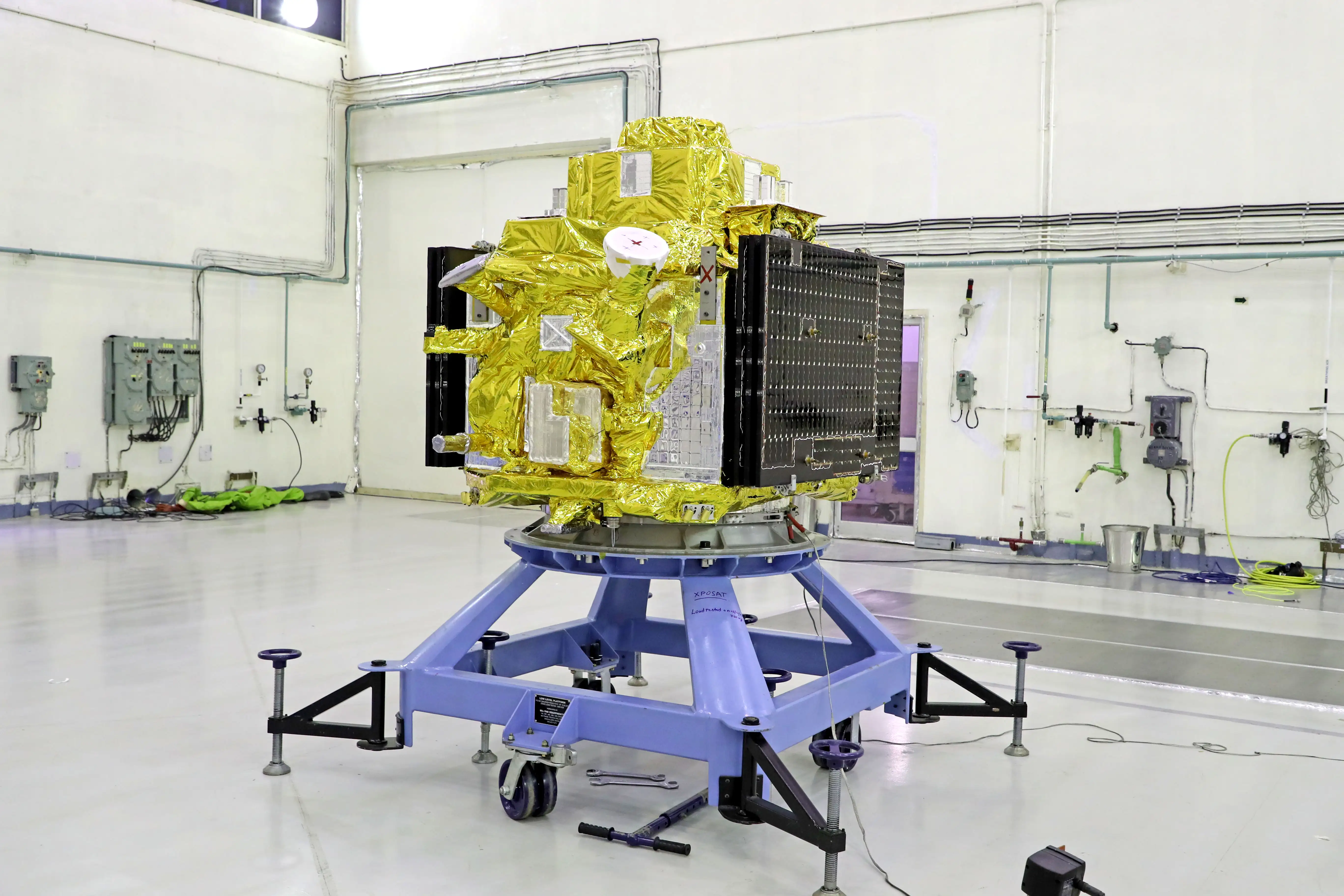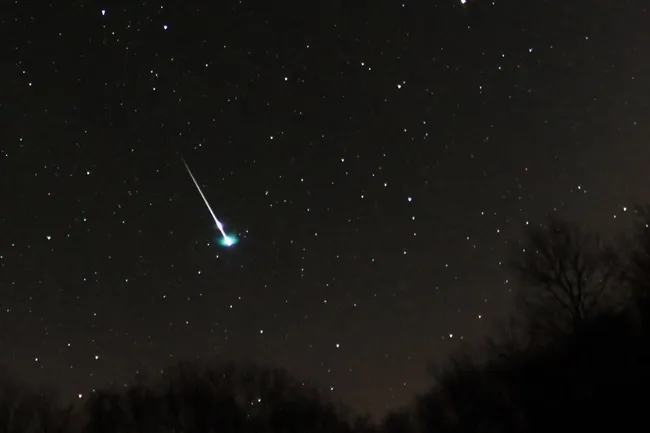-
XPoSAT, launched by ISRO
1st January 2024
On January 1st, 2024, PSLV-C58, in its 60th flight, successfully launched its first polarimetry mission, the XPoSAT, to study the polarisation of X-rays. The spacecraft carried two scientific payloads developed by the Raman Research Institute and ISRO. The primary payload POLIX is an X-ray polarimeter for astronomical observations in the 8-30 keV energy bands. It is the first payload in the medium X-ray energy band dedicated to polarimetry measurements. XSPECT is an X-ray spectroscopy and timing payload, which can provide fast timing and good spectroscopic resolution in soft X-rays. The lifespan of the mission is expected to be at least five years. The observatory was placed in a low Earth orbit of 500-700 km.

Image of the XPoSAT. Credit: ISRO
References
ISRO. "X-ray Polarimeter Satellite (XPoSat)." [isro.gov.in]
-
The Quadrantids
4th January, 2024
The Quadrantids meteor shower is an annual event that occurs between late December and mid-January and peaks in early January every year. In 2024, it peaked on 4th January, during which its activity recorded was 120 meteors per hour. The Quadrantids are known as the best annual meteor shower. Most meteor showers have two two-day peaks, while the Quadrantids peak for only a few hours. They are best viewed in the Northern Hemisphere during night and pre-dawn hours.

An image of a meteor from the Quadrantids meteor shower. Credit: space.com
References
NASA. "Quadrantids." [nasa.gov]
-
Orion Nebula visibility
6th January, 2024
On 6th January 2024, the Orion Nebula was clearly visible in the southeastern sky. The Orion Nebula is the most famous nebula among amateur astronomers. It is one of the best and easiest objects to locate in the sky. To find it, you only need to look beneath the three stars that form the Orion’s belt. Even under suburban skies, you’ll see it as a tiny misty patch. A telescope will show the nebula as a smooth, smokey cloud with a slightly greenish tint.

An image of the Orion Nebula. Credit: astrogeo.ca
References
SCIENCEWORKS. "Skynotes: January 2024." [museumsvictoria.com]